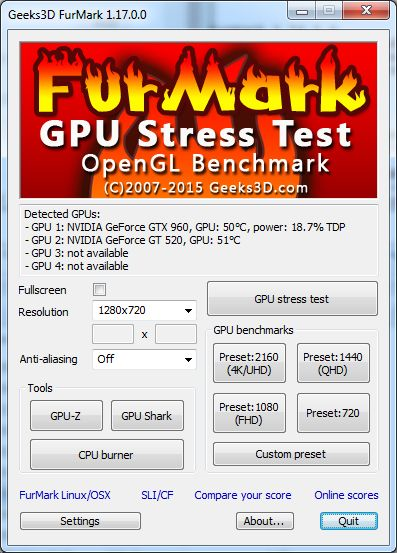How To Make Sure My Laptop Is Using The Right Graphics Card?
Are you wondering how to make sure that your laptop is using the correct graphics card? Then this article is for you. We'll explore the features and benefits of each, the purpose of each, how to make sure that your computer uses it correctly and more.

Choosing the best graphics card is vital if you want to make your laptop suitable for gaming or even high-performance tasks such as rendering videos or photoshop. In certain scenarios, the graphics card can be more important than the CPU itself. However, buying or choosing a suitable graphics processing unit or GPU can be complicated, especially for untrained or newbie laptop owners.
A lot of factors need to be considered before buying a GPU, such as the monitor/display of your laptop, the size of your computer, or even the tasks that you will do with it (if it will be strictly for gaming or if you will use it for work). Some laptops in the market already have a GPU installed on them, but how can we make sure that the laptop uses the optimal GPU for it?
With that, here are some things that you need to consider and be aware of if the Laptop you bought is using the optimal GPU for it.
Know The Hardware
First things first, you need to know what GPU is installed on your device. If you have a hand-me-down or a secondhand laptop, ask the seller or the one that gave you the laptop. If they are unsure, go to the Windows search bar right next to the start button, type in “dxdiag” without the quotation marks, and then run the command. It will load for a while, but after a few seconds, you can see almost all the details about your device’s hardware.
Once loaded, click on the Display tab. If a GPU is installed, there will be two displays labeled Display 1 and Display 2. Display 1 is the default, pre-built graphics card on your system, while Display 2 is the optional complementary graphics card. This can be your Nvidia GPU, AMD, etc.
Knowing your graphics card can help you in identifying problems with your GPU, if it’s an outdated model, or if the GPU just isn’t optimal with the overall build of your device.
Perform a Stress Test and Temperature Test
Next is performing the stress test. The stress test will identify if the GPU’s cooling system is functioning as intended. A failing fan can compromise the GPU’s performance and the overall performance of the unit itself.
Download the Funmark GPU Stress Test application and install it. Once installed, run the app, then conduct the stress test by clicking the GPU Stress Test button and clicking Go. Your GPU will start the stress test, and you will hear the GPU’s fans as a response to the stress test since there will be a build-up of heat due to the GPU’s workload.
Next is the temperature test. A good GPU should be able to run at an optimal temperature range for it to work correctly. You can see the temperature range from your Funmark GPU Stress Test.
If the tests are successful, it means that your GPU is in good working condition, but if it fails, it’s a telltale sign that the GPU is not optimal for your device or the GPU needs to be replaced.

Play A Game Or Do Some Work
The best test is doing the intended purpose of your device. Play a game or two for extended periods or even render high-quality videos. This will ultimately determine if your graphics card is suitable for your device.
Keep the task running for at least 2 hours and check if there will be a decrease in performance. Faulty GPUs can sometimes freeze the whole system or even shuts down on their own.
Summary: Make Sure my Laptop is Using the Right Graphics Card
- Identify your graphics card
- Check the specifications of your graphics hardware
- Download and install the latest driver for your graphics hardware
- Identify the graphics hardware manufacturer and model
- Find a compatible graphics driver
- Download the driver
- Install the driver
- Verify that a compatible driver is installed
- Switch to a different Graphics Card Driver in Windows 10